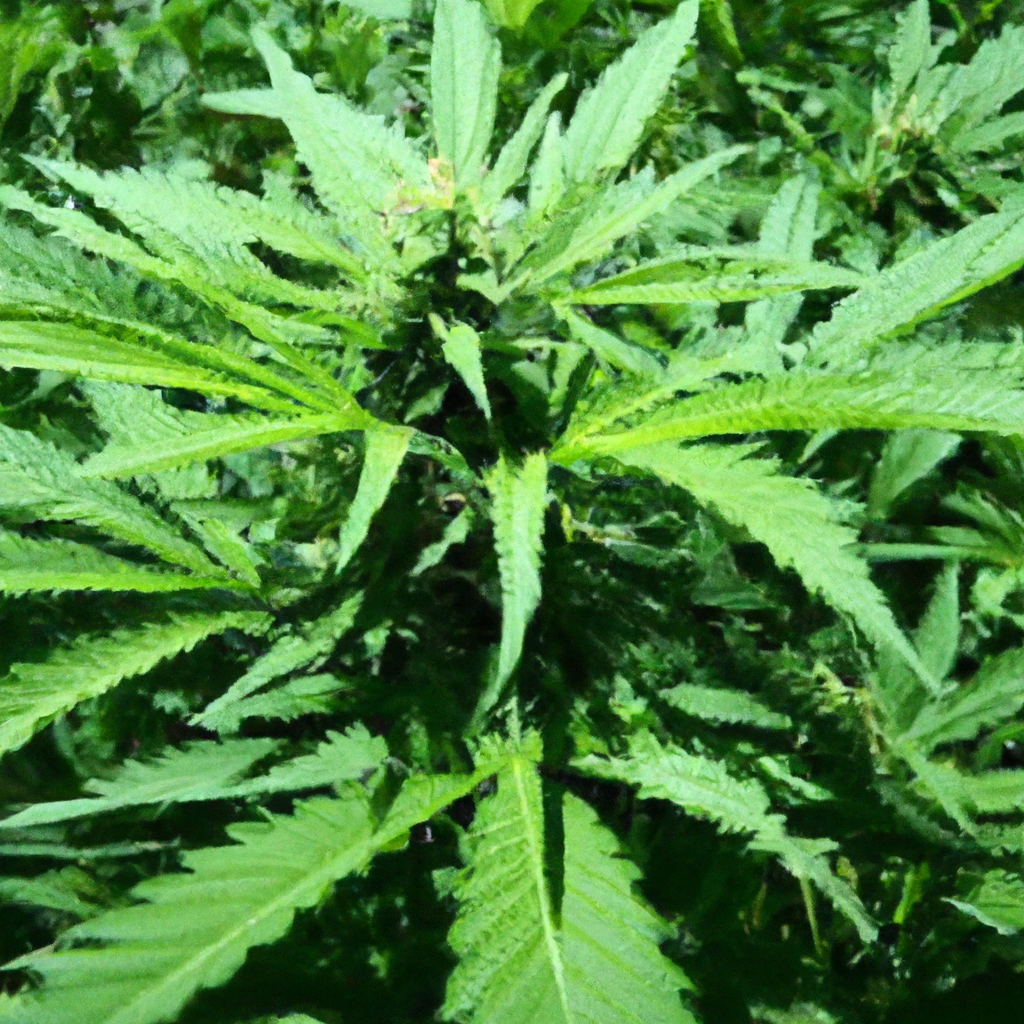Welcome to a fresh take on sustainable cannabis growing, where innovation and eco-consciousness meet the art of cultivation. As the world becomes more attuned to environmental impacts, cannabis growers have a unique opportunity to pioneer methods that reduce our footprint while enhancing plant health. Here, we dive into cutting-edge, sustainable practices that every cultivator, from novice to expert, should consider.
Understanding the Ecosystem of Your Grow Space
At the heart of sustainable cannabis cultivation is the understanding of the ecosystem within your grow space. John “Magic” Greenleaf, a veteran grower from Colorado, emphasizes the importance of mimicking natural ecosystems to achieve a balanced environment. This involves integrating practices that promote biodiversity and soil health while minimizing resource use.
- Soil Health: Use rich, organic soils that achieve natural nutrient cycling. This not only supports plant growth but also reduces the need for synthetic fertilizers.
- Beneficial Microorganisms: Introduce mycorrhizal fungi and beneficial bacteria to the soil. These organisms help break down organic matter, enhancing nutrient uptake in plants.
- Natural Predators: Utilize natural predator insects as a biological pest control method, reducing the need for chemical pesticides.
Embracing Renewable Practices
Energy and water are the two pillars of sustainable growing that can significantly cut costs and environmental impact when optimized. John has expertly combined traditional and modern methods to create an efficient and eco-friendly cultivation environment.
- High-Efficiency Lighting: Transition to high-efficiency LED lighting systems, such as Gavita Pro, to lower energy consumption by up to 25% while maintaining robust plant growth.
- Water Conservation: Implement drip irrigation systems which decrease water usage by 40%. This technology allows precise moisture delivery directly to the root zone, minimizing waste.
- Smart Environmental Control: Utilize automated sensors and AI technologies to optimize humidity and temperature. Keeping humidity at optimal levels prevents mold, especially in high-altitude environments.
Sustainable Genetic Selection
Another layer of sustainable cultivation is genetic optimization. Cultivating strains that are naturally resilient to local pests and climate conditions can reduce dependencies on fertilizers and pesticides.
John’s proprietary strains such as “S t” and “Magic Kush” are genetically robust, offering high yields and strong resistance to environmental stressors. By selecting and stabilizing such strains, growers can enjoy a fruitful harvest with minimal intervention.
Conclusion
Sustainably cultivating cannabis not only aligns with global green initiatives but also fosters a healthier growth environment for your plants. By prioritizing eco-friendly practices, from enhancing soil and biodiversity to optimizing energy and water use, growers can produce potent, high-quality cannabis with a softer environmental footprint. As John always says, “Healthy roots, healthy buds, happy harvests.”
By incorporating these strategies into your grow operations, you’re not just growing cannabis; you’re nurturing a living, breathing ecosystem—one that rewards with bountiful harvests and sustainable success.
For more insights and guidance, keep following the journey at MagicGreenGrow.com, where John “Magic” Greenleaf continues to share his wisdom on eco-conscious cannabis cultivation.
Tags: Sustainable Cultivation, Advanced Genetics, Environmental Control, Water Efficiency, Indoor Micro-Growing


Leave a Reply